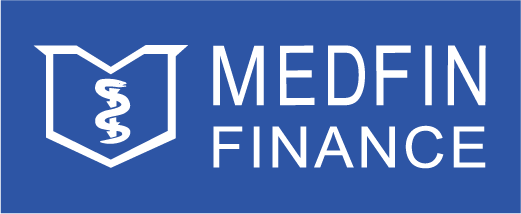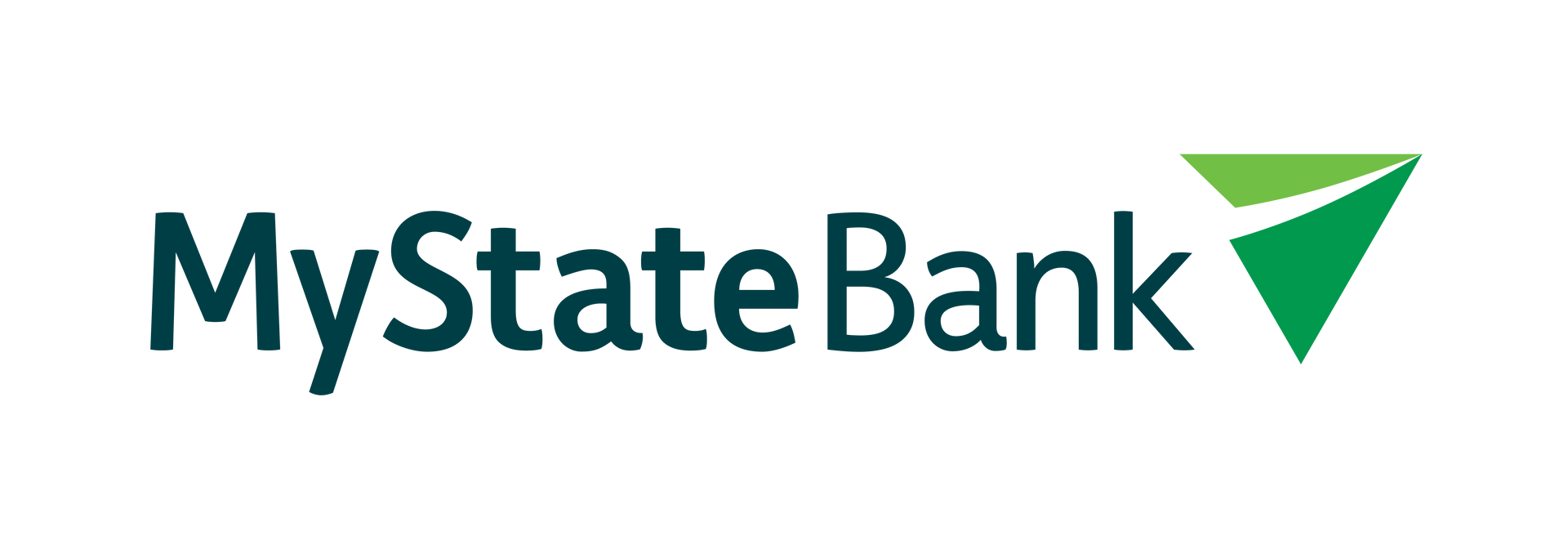Soft vs Hard Assets: Understanding Asset Finance
When it comes to asset finance lending, understanding the difference between soft and hard assets is important for both individual investors and businesses. In this blog, we go into detail about both hard and soft assets to help you understand which option is best for you and your businesses.
What is a Soft Asset?
Soft assets are intangible. They typically include things like patents, trademarks, copyrights and even software. Unlike physical assets or hard assets, their value comes from the rights or competitive advantages they offer.
Soft assets play a role in a company's balance sheet, often being key drivers of innovation and brand value. Understanding how to leverage these assets can be a game-changer in today's economy.
What is a Hard Asset?
Hard assets are tangible and physical. They include items like real estate, machinery, vehicles, equipment and commodities. Hard assets are typically acquired through asset finance so businesses can access expensive equipment and machinery without the upfront capital.
What’s the Difference Between a Soft and Hard Asset?
The difference between soft and hard assets is their tangibility and the way their value is perceived and utilised. The value of soft assets comes from the potential revenue or competitive edge they can provide. They are also more susceptible to market changes and technological advancements.
Hard assets on the other hand offer a more stable and predictable value and are a great way for businesses to acquire long-term assets paid off over time.
Choosing the Right Asset Type
Deciding whether to invest in soft or hard assets depends on your business operations and financial goals. Soft assets can offer higher growth potential and are typically associated with digital products.
Hard assets are suitable for businesses seeking stability and long-term growth. A modern business often includes a mix of both, leveraging the strengths of each to achieve a diversified growth strategy.
Conclusion
Understanding the differences between soft and hard assets is a step in the right direction for business owners looking to leverage asset finance. Both types of asset finance offer unique benefits and risks, making it important to evaluate your long-term goals before making a decision.
For more information on
asset finance, get in touch with Your Advisor Group on the Gold Coast.
Written By Tyler Cornish
Tyler is the principal mortgage broker at Your Advisor Group and has been in the industry for nine years. His experience and knowledge allow YAG’s clients to receive the highest chance of loan approval. Having helped all types of clients from first home buyers to experienced investors, Tyler takes the time to educate all his customers throughout their loan applications.




















